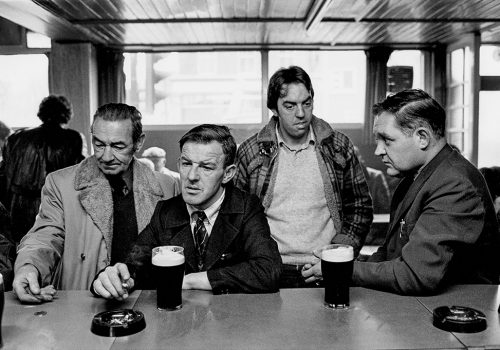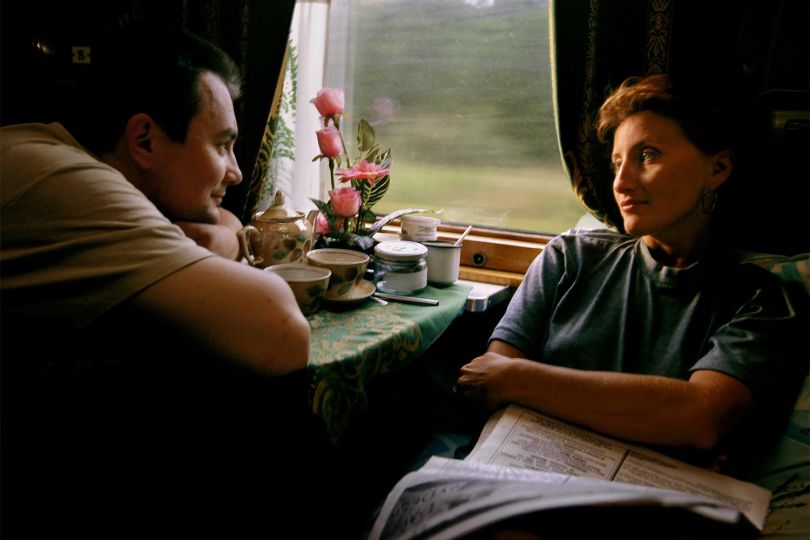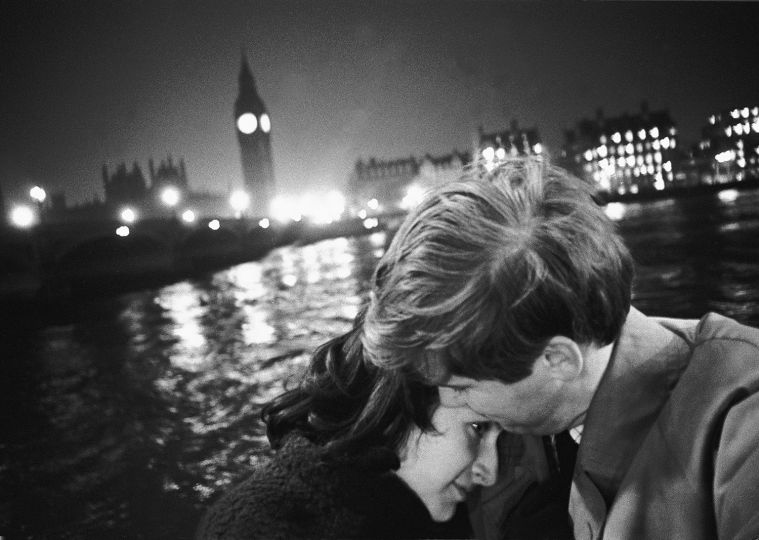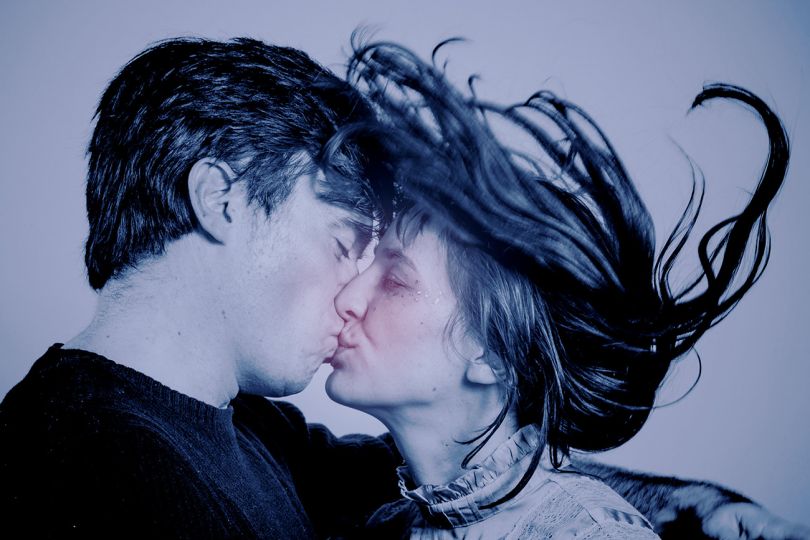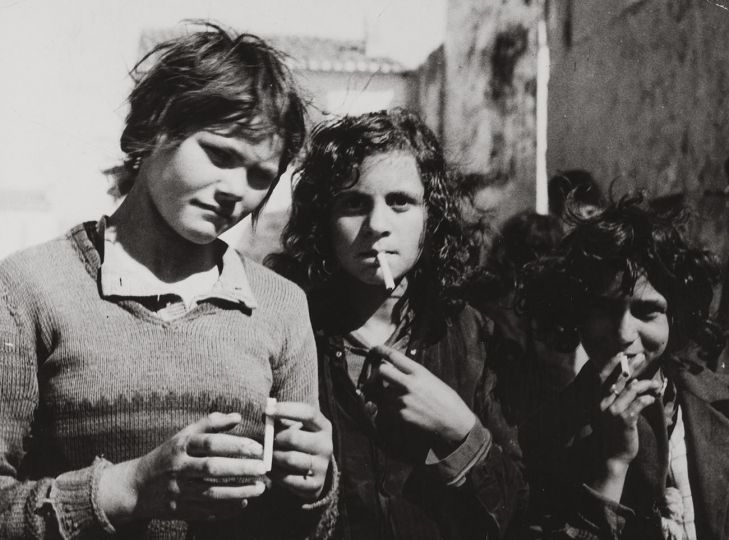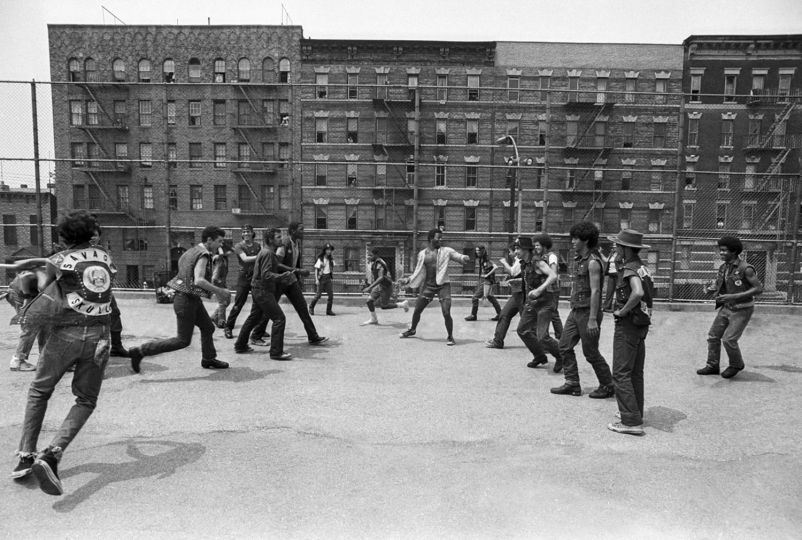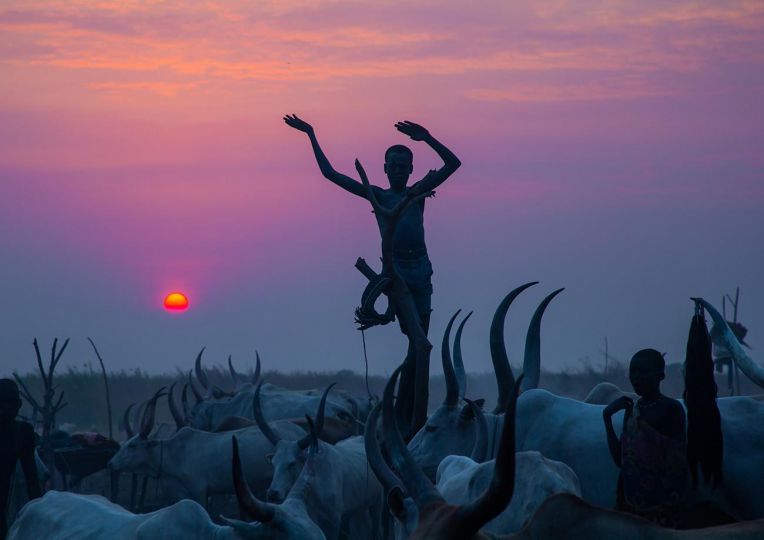Portrait of an author with a radical approach who is a model for many photographers, during the exhibition at the Vu gallery and the release of a conversation book published by Filigranes.
Stéphane Duroy is a child of the twentieth century, a period tormented by two world wars and a standoff between East and West for nearly fifty years. It is for him an inexhaustible source of reflection and study. Uprising of Budapest, 1956, he is 8 years old. History awakens his conscience very early. It is the trigger of his fascination for men and events, fascination that still lives, events still haunt him. Fed by literature, from Cendrars to Celine via Dostoevsky, and the cinema of Bergman and Buñel, then the one from across the Atlantic, Stéphane Duroy becomes a photographer to travel, or maybe the opposite?
At the age of 22, he stopped law school and, two years later, after a few trips during which he photographed, he became a photographer overnight. He soon left the Sipa agency where Gökşin Sipahioğlu had welcomed him, understanding that he could never be a reporter, that is to say, a prisoner of orders and events. At Rapho, he finds boredom and routine: two scourges that have undermined his childhood but he remained there ten years because he managed to find a balance. On the one hand “small asignments”, as he says, that allowed him to make a living, and on the other personal projects to which he devotes most of his time. In 1986, Christian Caujolle looked him up and he entered the agency Vu where he found total freedom, which suits his independent and marginal spirit.
Stéphane Duroy is an atypical photographer who obeys only his own rules. His photographic career is eloquent: 1977-2002, series on Great Britain which culminated in the publication of Distress in 2011; 1979-2009: Work on History and Memory in Berlin, then in East Germany and Poland, which led him to realize The Europe of Silence in 2000, a founding book for himself and for many generations of photographers. In both cases, more than twenty years of work during which he “uses his subjects” to keep only the quintessence of innumerable trips made – several a year – for books that bring together just over twenty pictures each. More than exhibitions, these are the books that interest Stéphane Duroy, irreversible objects on which he sometimes works for years before being satisfied.
In the field, Stéphane Duroy is not the type to strafe: he photographs sparingly: “I create a world – or a studio – and this world triggers in me a desire for images”. Feeling and emotion are therefore the sine qua non condition for the realization of all his images, as if he needed or felt the need for reality to come to him. Thus he makes few images but, then, when comes the time of the selection, his rigor is accentuated: he even destroys the negatives “which are worth nothing”. A radical gesture. Far from distressing him, the impossibility of going backwards stimulates him. A method of work that he tirelessly repeats and which has the value of commitment: his forty-year-old photographic archives are contained in a suitcase measuring 30 x 40 cm and 17 cm thick.
In parallel with Great Britain where he focused on the human desolation and the countries of Europe where he hunts the traces of the Second World War, he began in the 80s work on the United States. Unknown is released in 2007, a book as clean as the previous ones. It is from defective copies of this book that he will, from 2009, “get rid of photography,” as he explains. A turning point in his practice. Now abandoning his camera, Stéphane Duroy uses these books as a raw material, intervening in various ways on the pages he cuts and on which he sticks other photos or newspaper clippings, or writes or paints ‘to make some images unrecognizable.
Sophie Bernard
Book
Meetings with Stéphane Duroy
By Sophie Bernard
Collection Lyrics of photographer, Filigranes Editions, 23 euros
www.filigranes.com/
Exhibitions
Stéphane Duroy
from 29/03 to 31/05
Galerie Vu Paul Delaroche Hotel
58 rue Saint-Lazare, 75009 Paris

